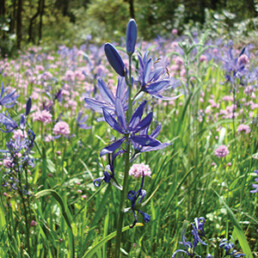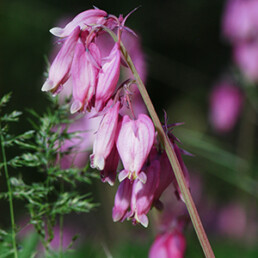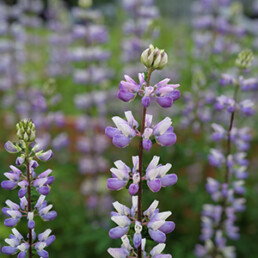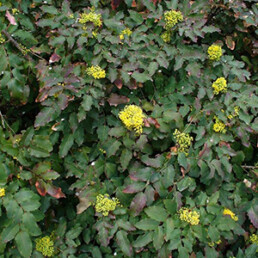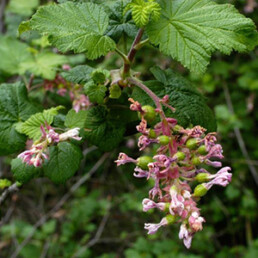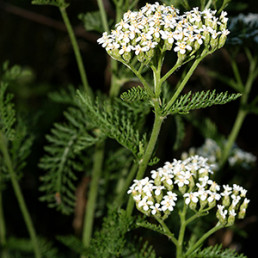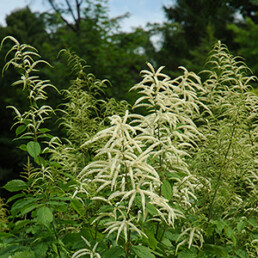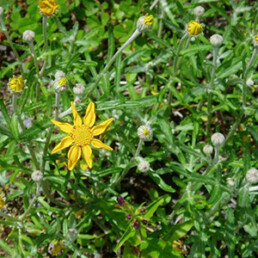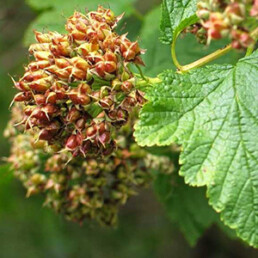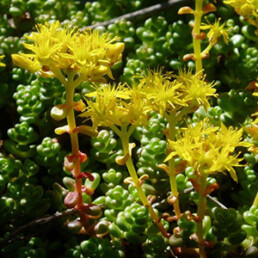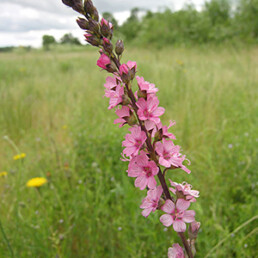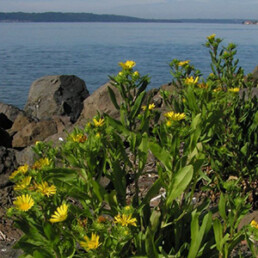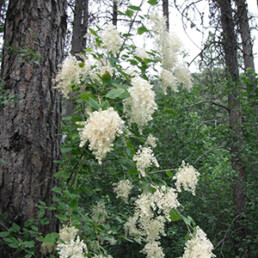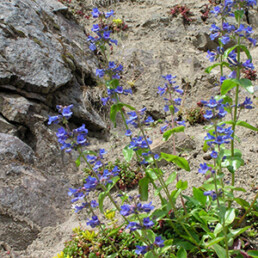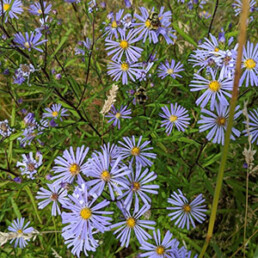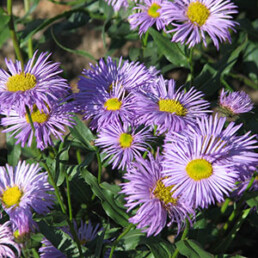Native Pollinator Plant Guide
Why support native pollinators?
Over 85% of all flowering plants need an animal pollinator. We need pollinators to keep our plants reproducing and natural areas healthy, but we also depend upon pollinators for many of our food plants. Approximately 35% of all humans’ food crops need a pollinator, many of which can be pollinated by native pollinators. Also, due to habitat loss, pesticide use, introduction of invasive species, and climate change, many pollinator species are struggling to survive… they need us!
Using Native Plants
Native plants existed in our region for thousands of years, and they evolved alongside the native pollinators in our region. Our native pollinators are well-equipped to recognize and easily get the nectar and pollen they need from native plants.
We encourage using native plants in pollinator gardens because they are:
- More attractive to pollinators
- Accustomed to the soils, pests, and climate of our region, and easy to establish
- Beautiful and diverse!
How to choose plant species
In order to support a variety of pollinators, provide a variety of flowering plants! Variety ensures that many species of native pollinators will have enough food throughout the entire season so that they can successfully reproduce for the next year. Think about including:
- A variety of flower shapes, sizes, and colors: different pollinators are attracted to and able to gather pollen and nectar from different types of flowers
- A variety of bloom times from spring through fall: aim to always have something blooming
- A variety of plant structures: woody plants can be taller and provide nesting areas; herbaceous plants can provide many and varied flowers; grasses can provide overwintering habitat
Other considerations
Bees also need places to nest and grow the next generation of pollinators. Most native bees either dig nest holes in open, sunny ground, or use cavities in wood or hollow plant stems, and some even nest down in the crowns of native bunchgrasses, so these are important components of a pollinator garden.
Many butterflies and moths need certain native plants, called host plants, to lay their eggs on. Planting and protecting these larval host plants helps support these pollinators
Some of our favorite pollinator plants
Early season bloomers
Mid-season bloomers
Late season bloomers
Helpful resources
The Common Acre’s Bee Resource Page
Bee ID resources, citizen scientist projects you can participate in and other bee habitat resources
Earthcorps’ Pollinator Habitat Restoration Guide
Technical manual for pollinator restoration projects, but very comprehensive native plant species list for our region (pp. 36-42)
Xerces Society Pollinator Conservation Resources PNW page
Recommended plants, conservation guides, local nursery lists and bee identification resources
Sources of Native Plants and Seed
Native Bareroot Plant Sale and Community Fair
Snohomish Conservation District Plant Sale
Washington Native Plant Society Spring Plant Sale

